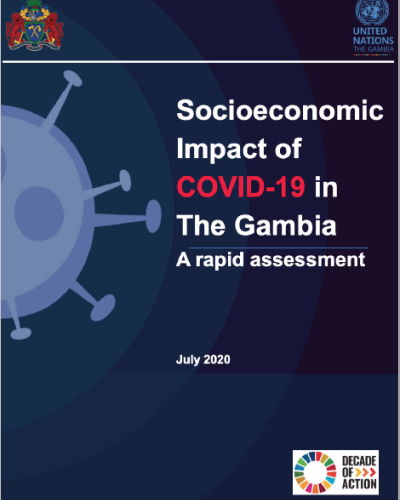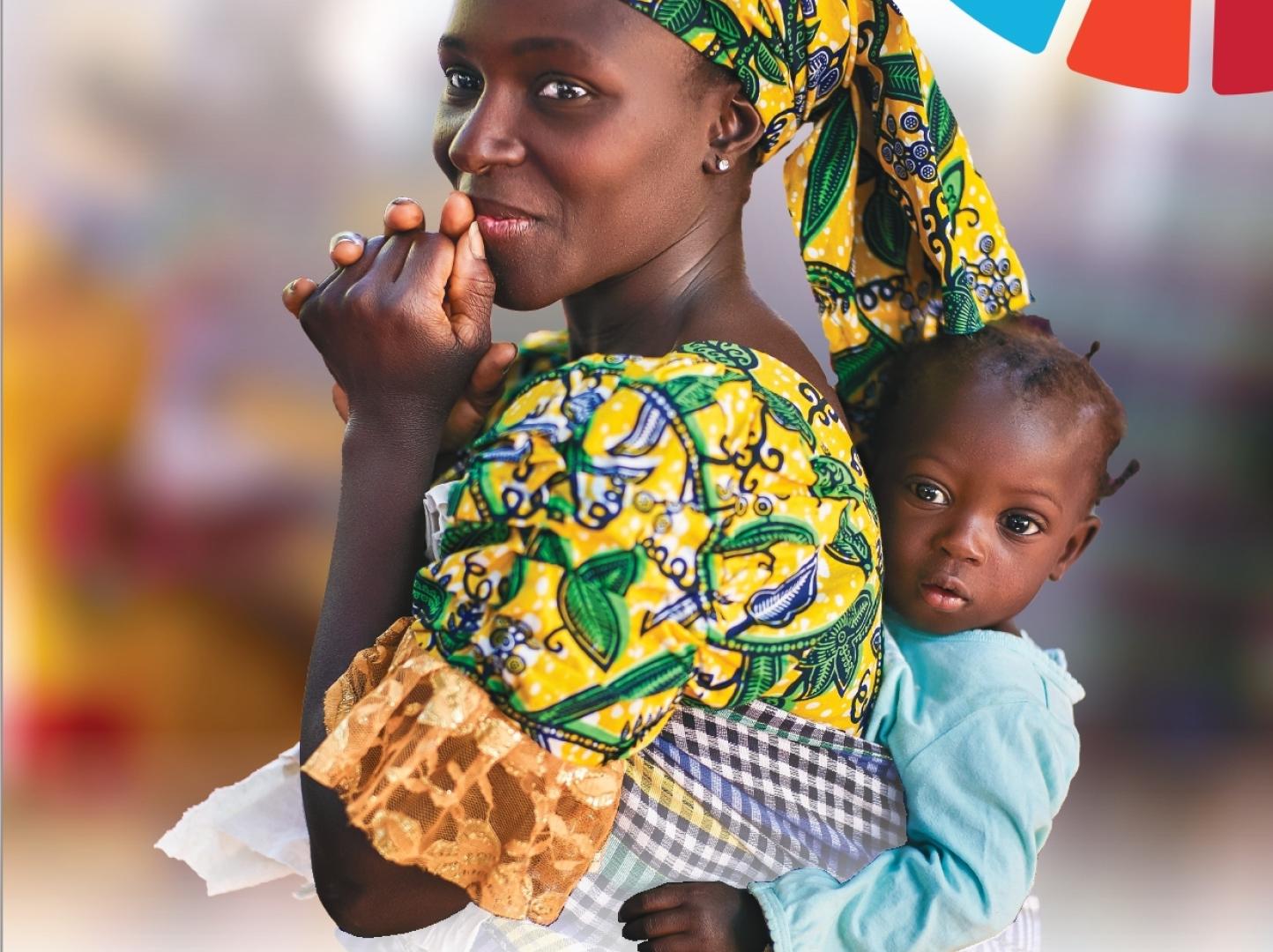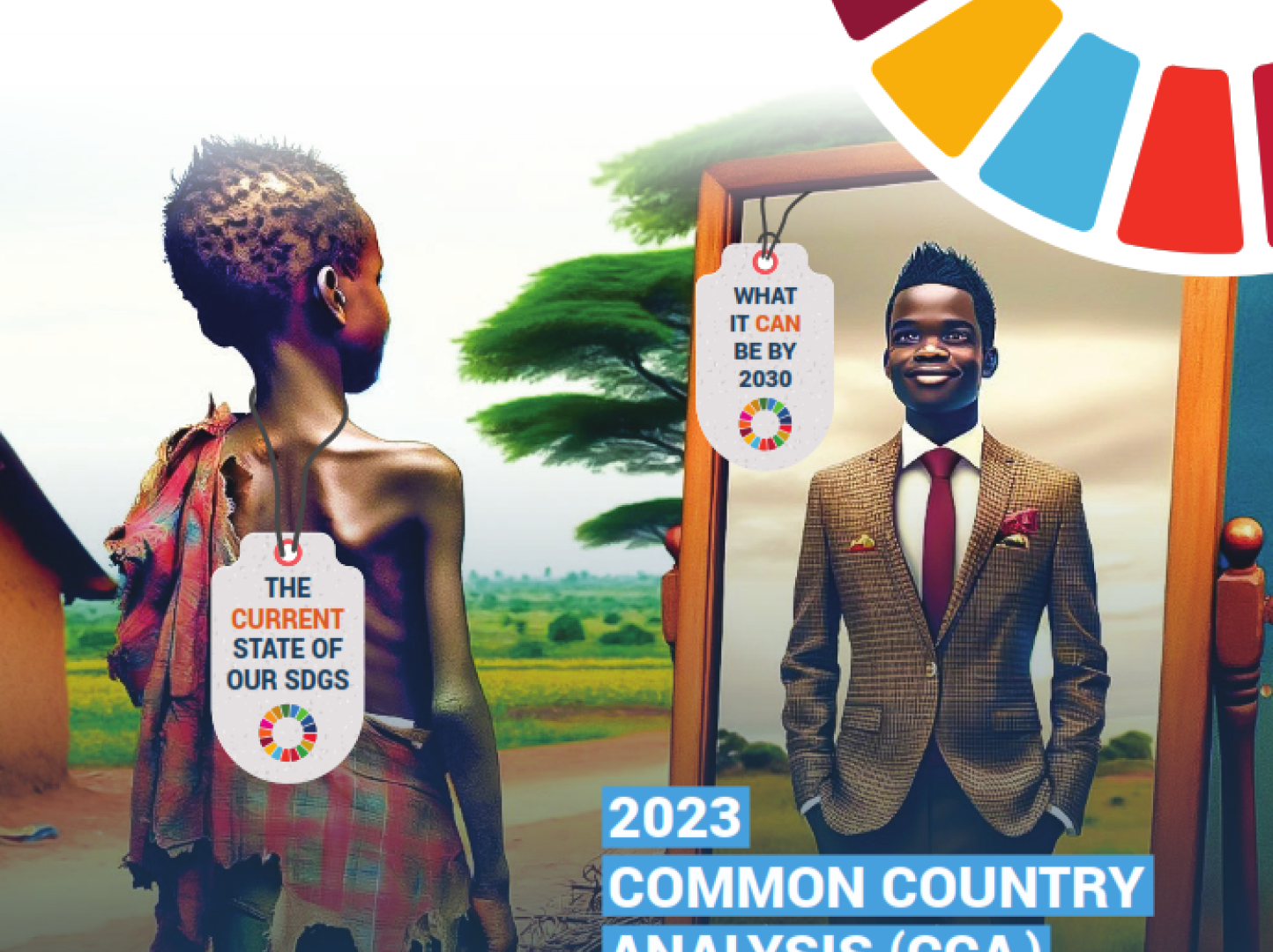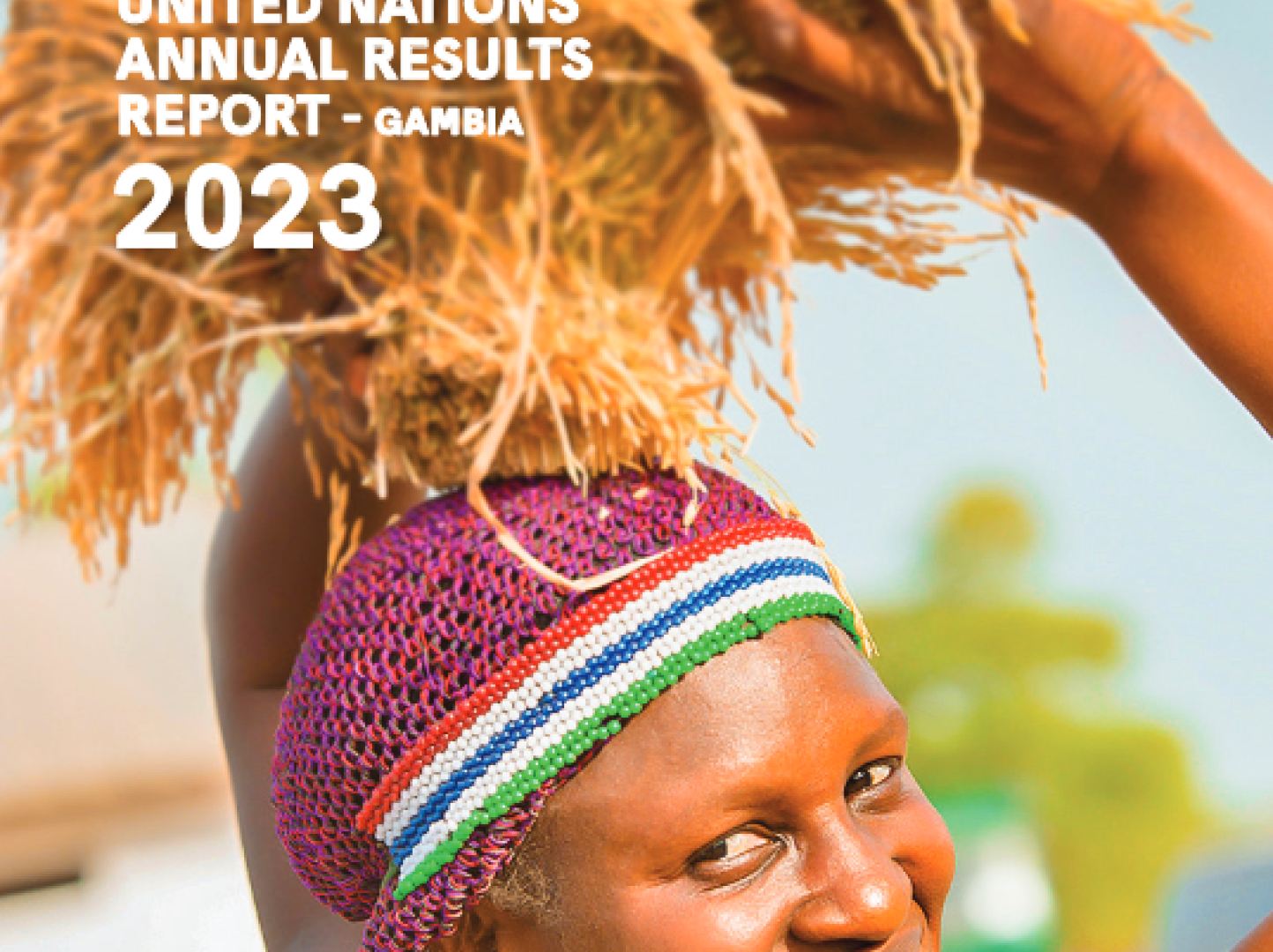A Report on the Socioeconomic Effects of COVID-19 in The Gambia

The current COVID-19 situation is fluid and filled with uncertainty. The aim of this study therefore is to provide policymakers and stakeholders a concise analysis of what is expected to happen in the short and medium term as well as provide recommendations to mitigate the adverse effects of the pandemic. For this reason, availability of data is key to the success of this study.
Given the abruptness of this crisis, the whole country was caught unaware. The high degree of uncertainty has also made decision-making difficult for all those involved in the process. Ideally in a study of this magnitude, data from different government agencies and partners would be used. Due to the difficulty in obtaining the relevant data coupled with the disparate way data is kept across different institutions, the Integrated Household Survey (IHS), 2015/16 and other data sources are used for analysis.
Although the IHS data is from 4 years ago, it is believed that the general pattern and figures would not significantly differ from the actual once adjustments are made for population increases. Another reason for using the IHS 2015/16 in this study is that the analysis from the above institutions would mainly focus on macroeconomic indicators and not household surveys. Finally, the IHS 2015/16 is the most comprehensive survey available to date that is capable of answering questions covering a broad range of topics. In some sections, the Multiple Indicator Cluster Survey (MICS) 2018 is used to answer questions not covered in the IHS.



















